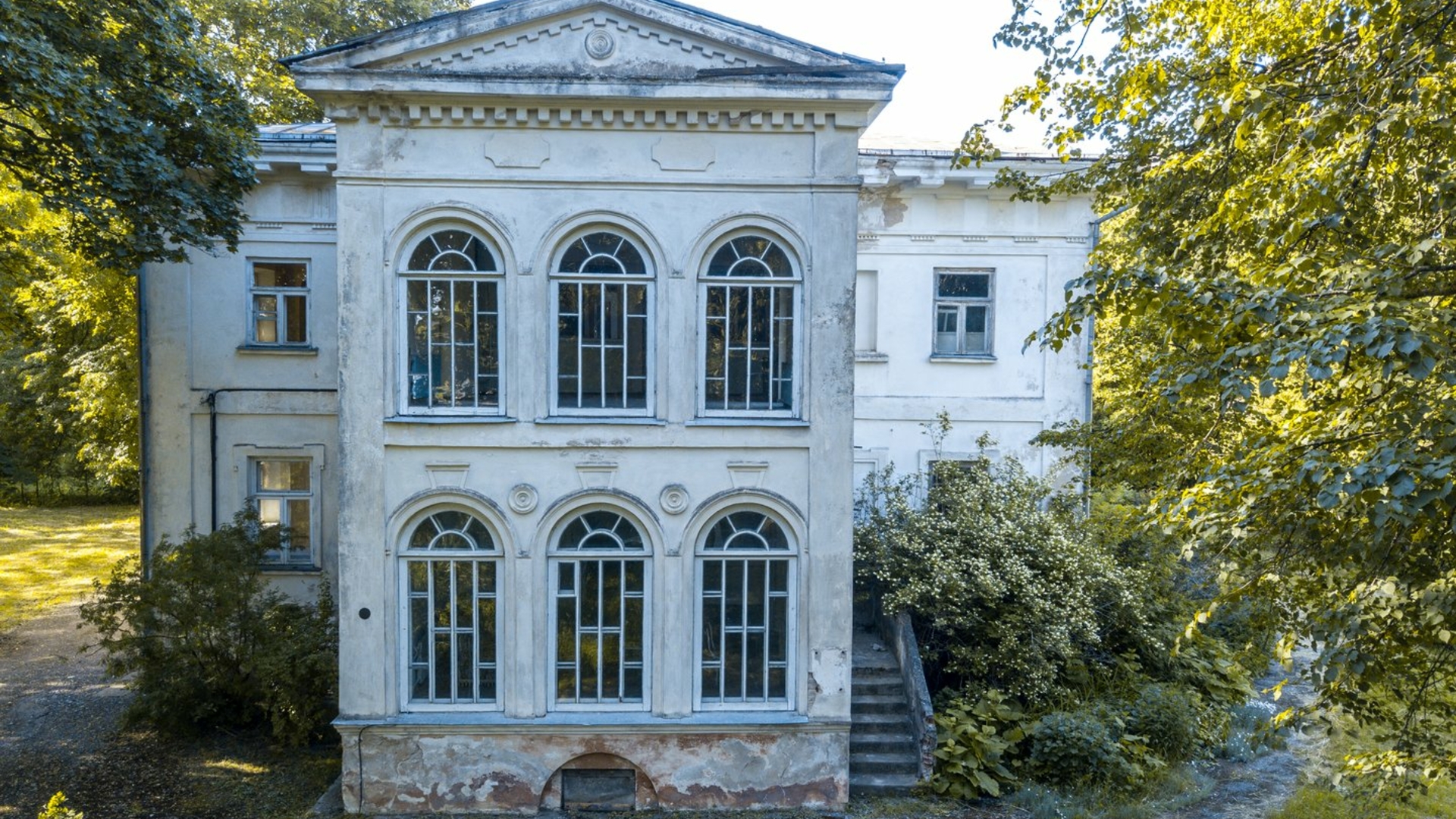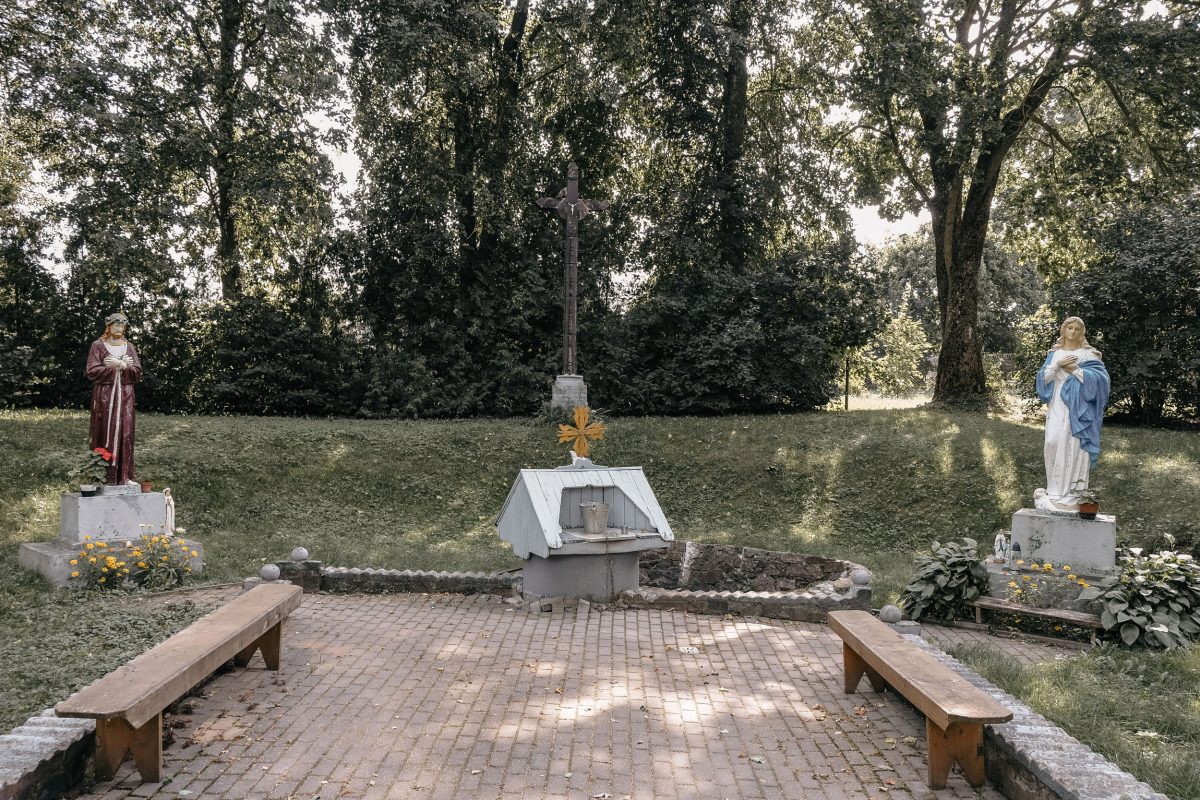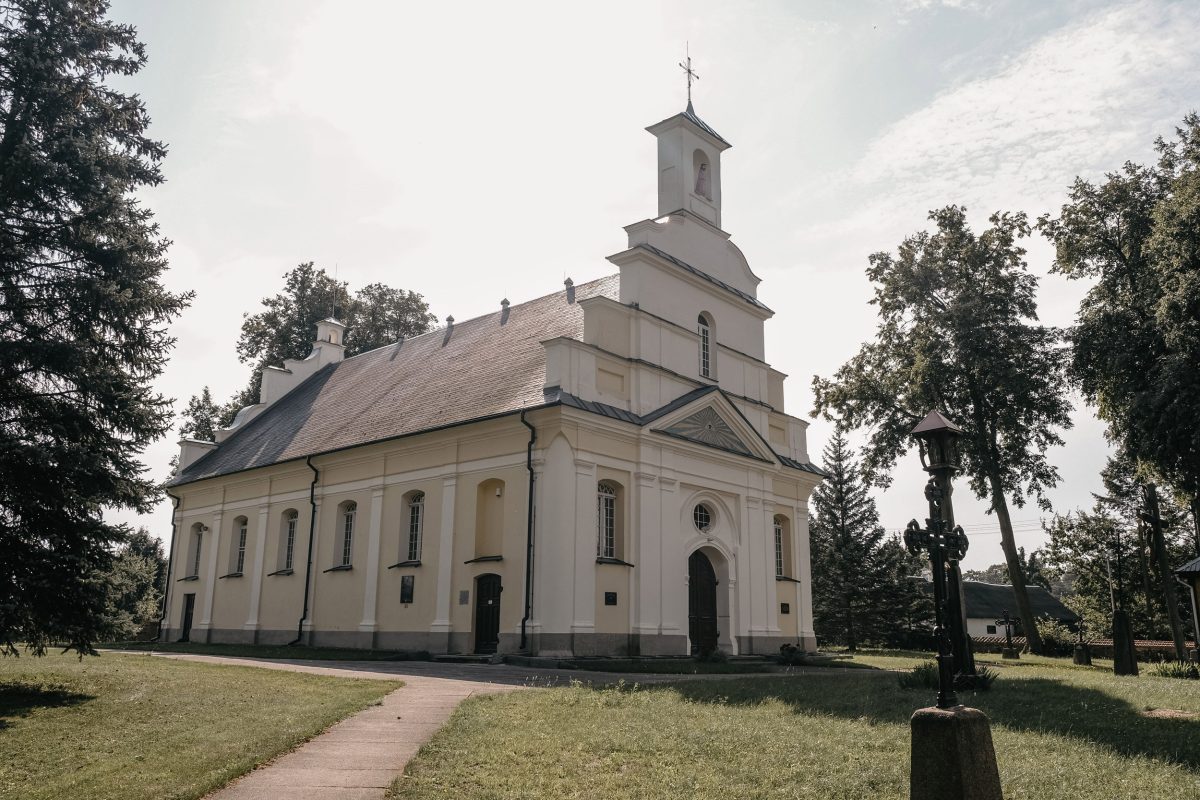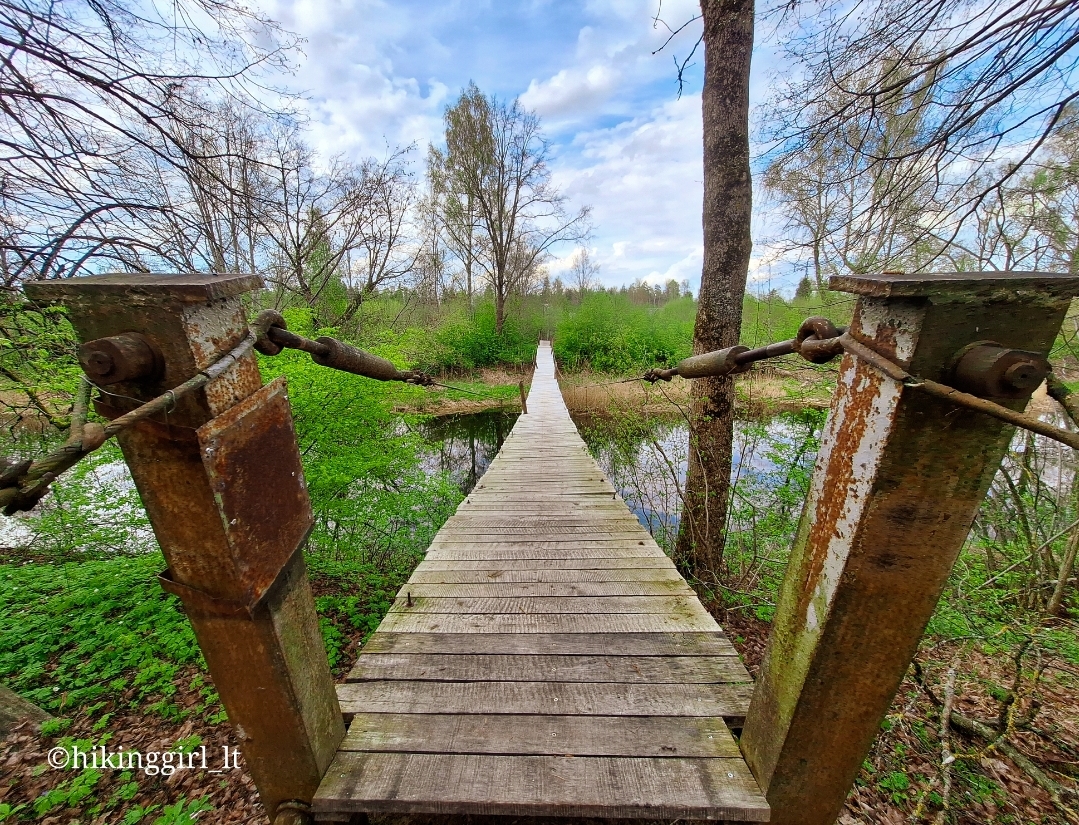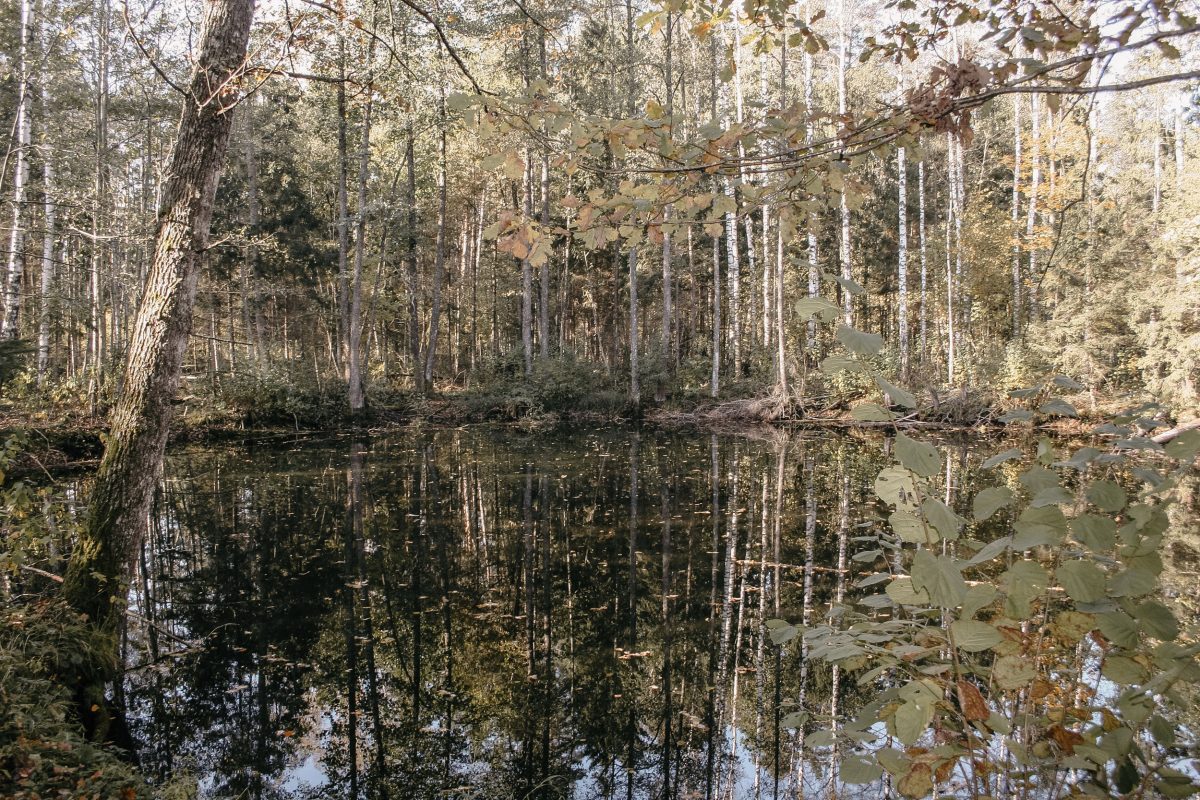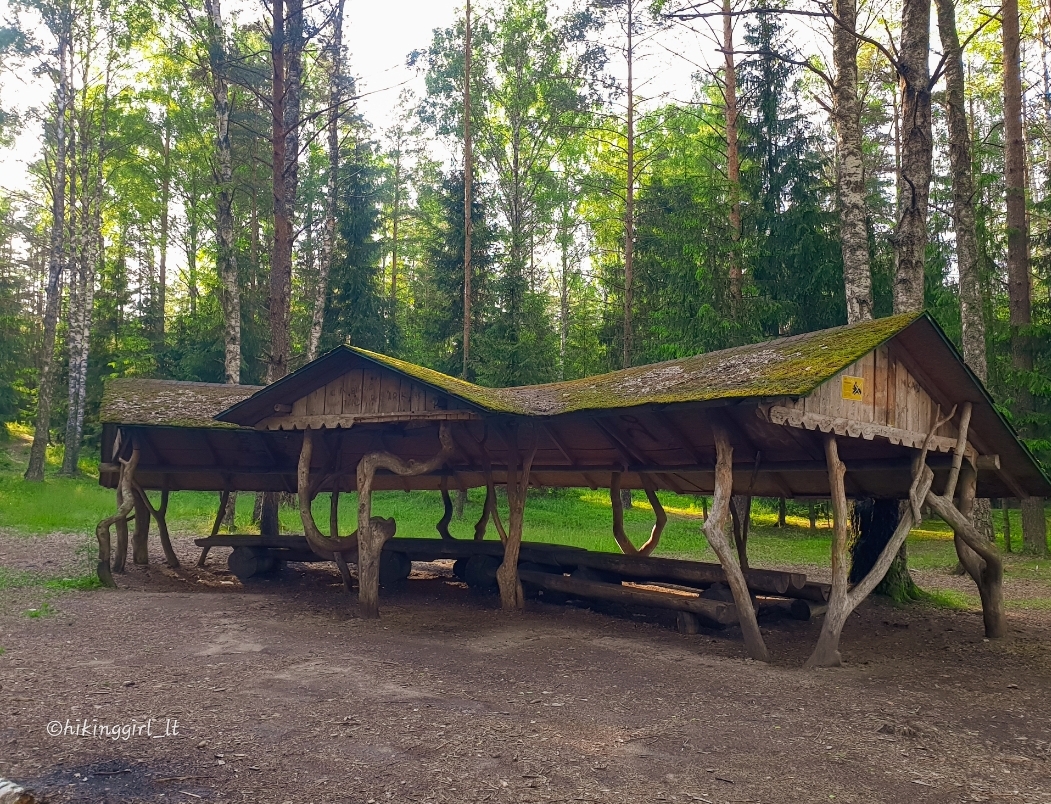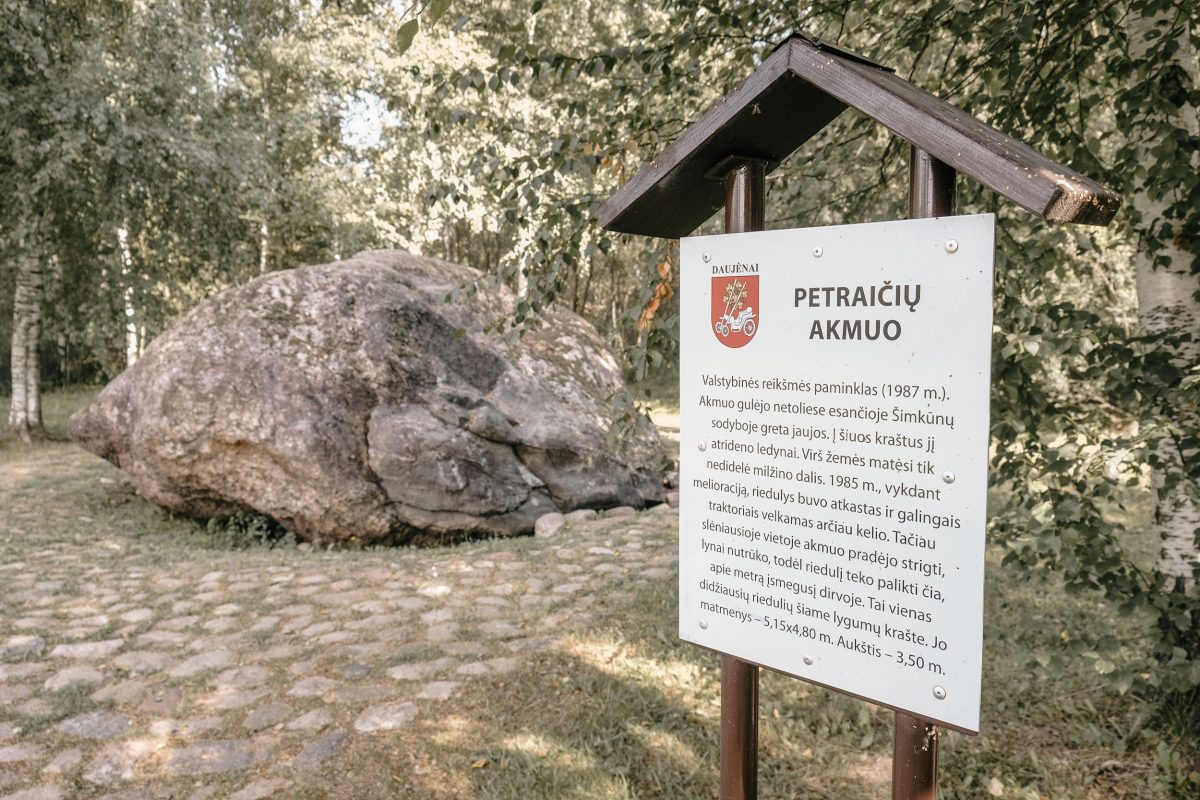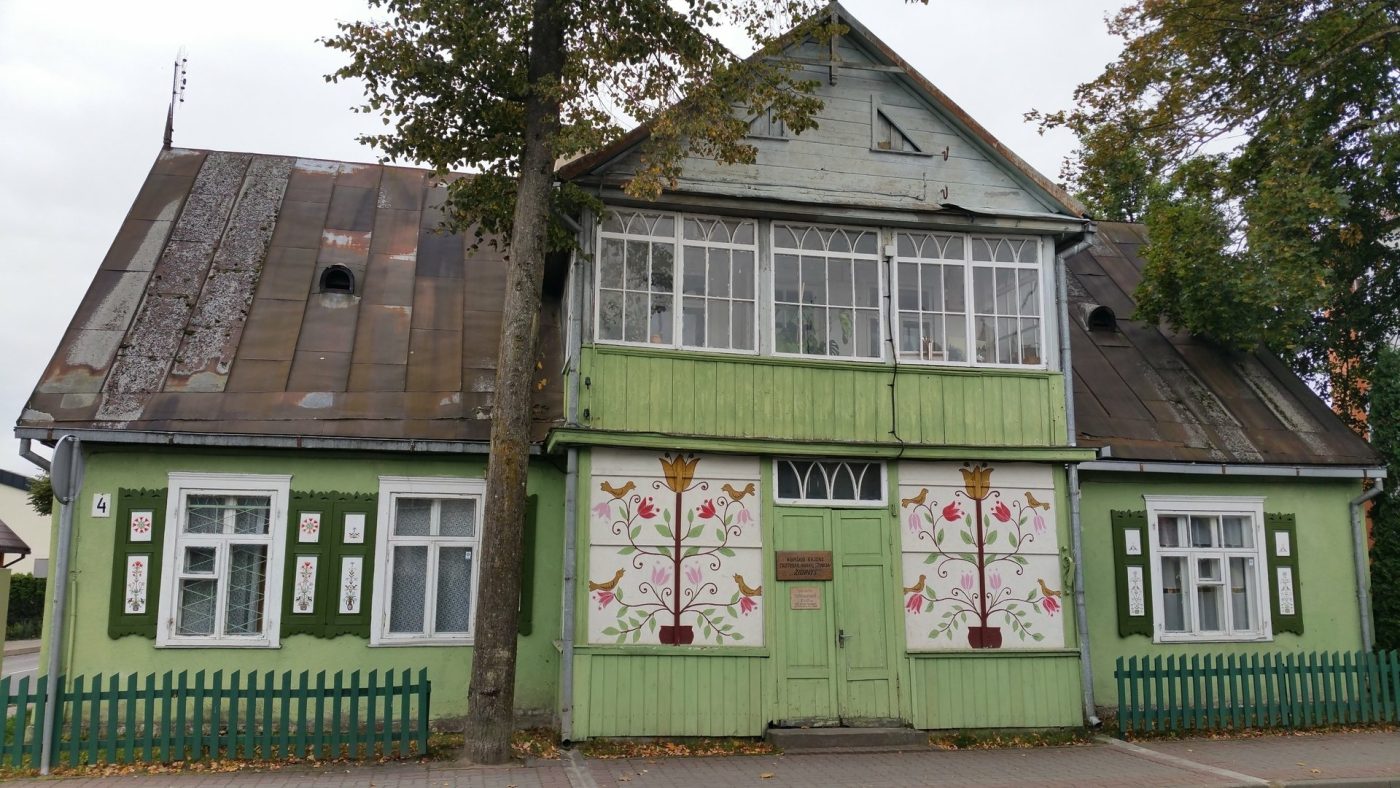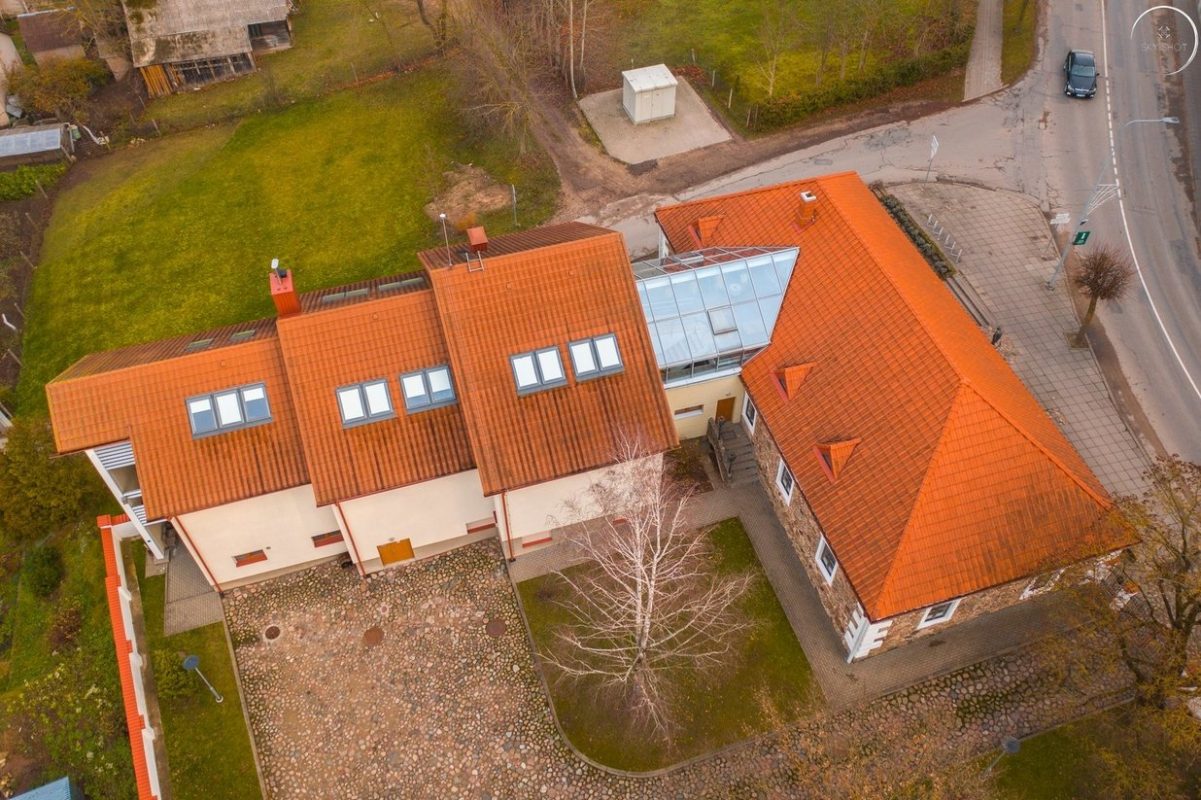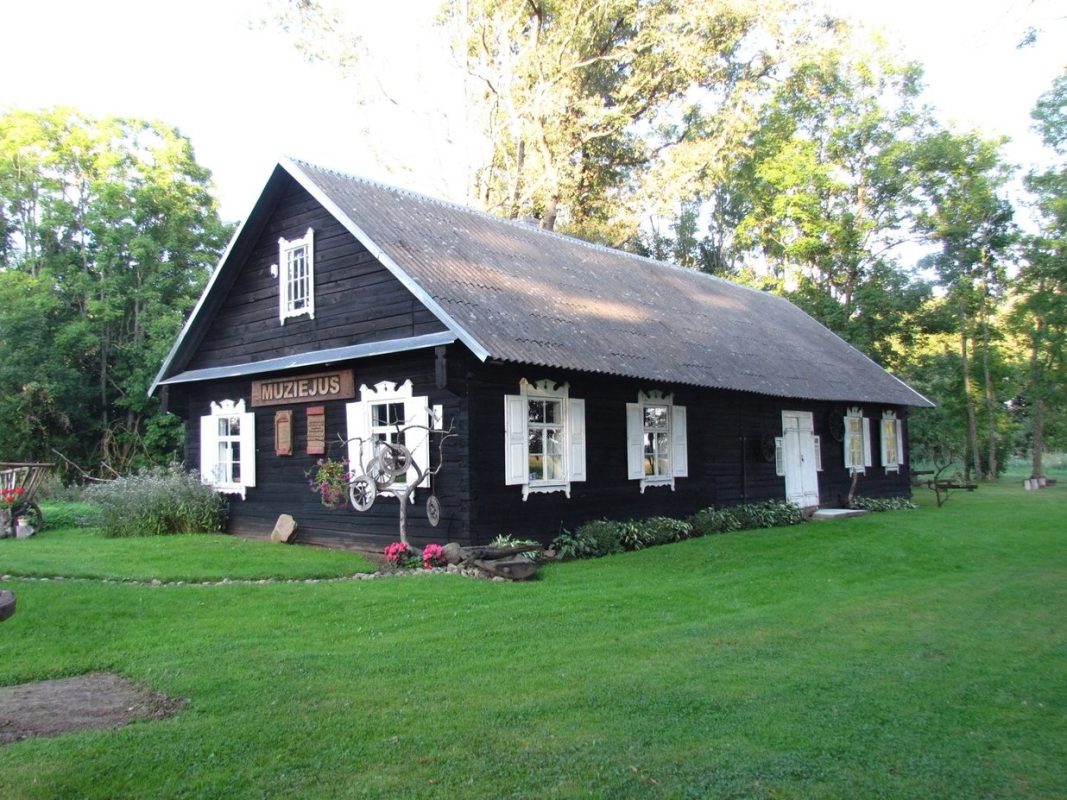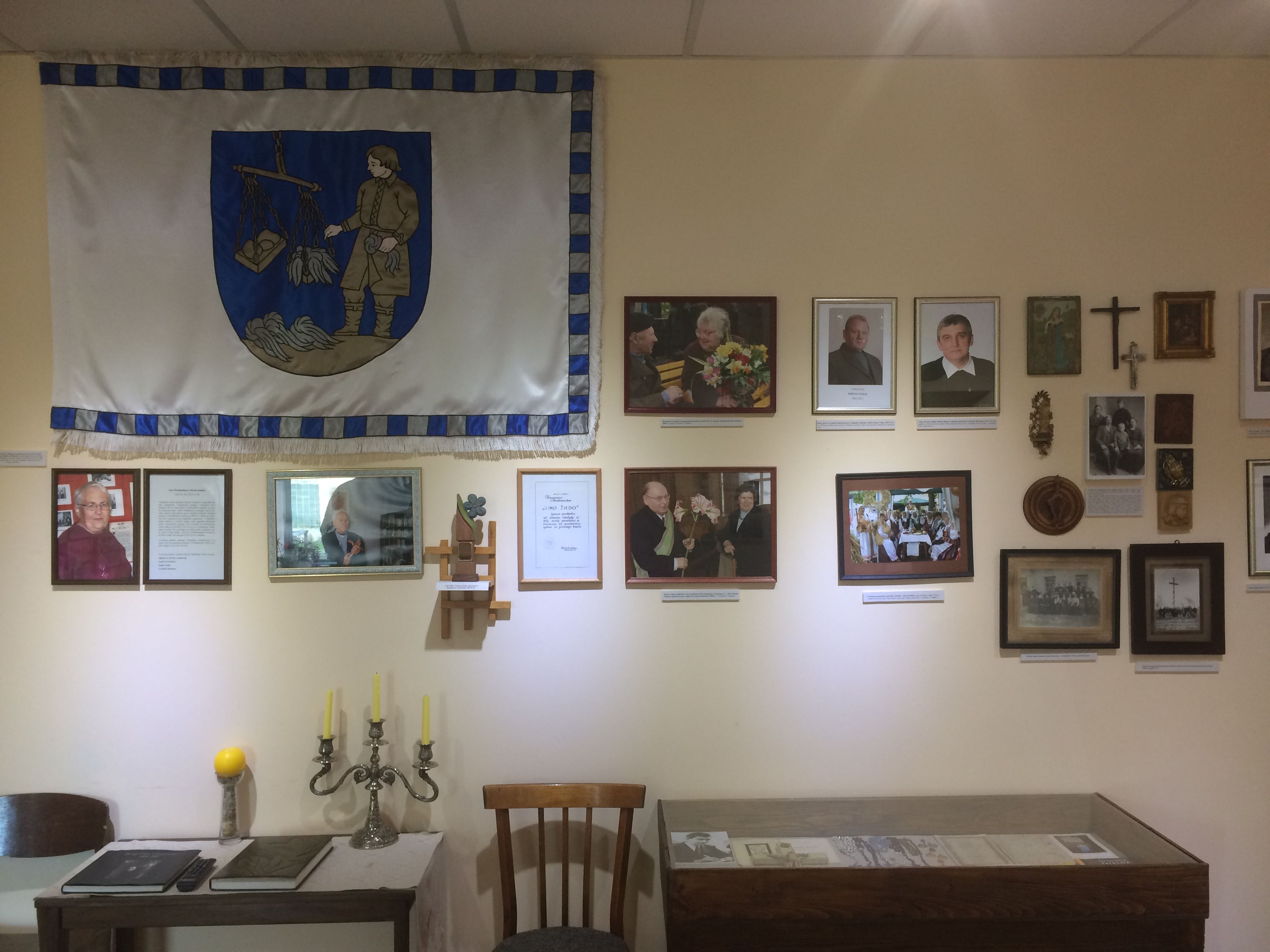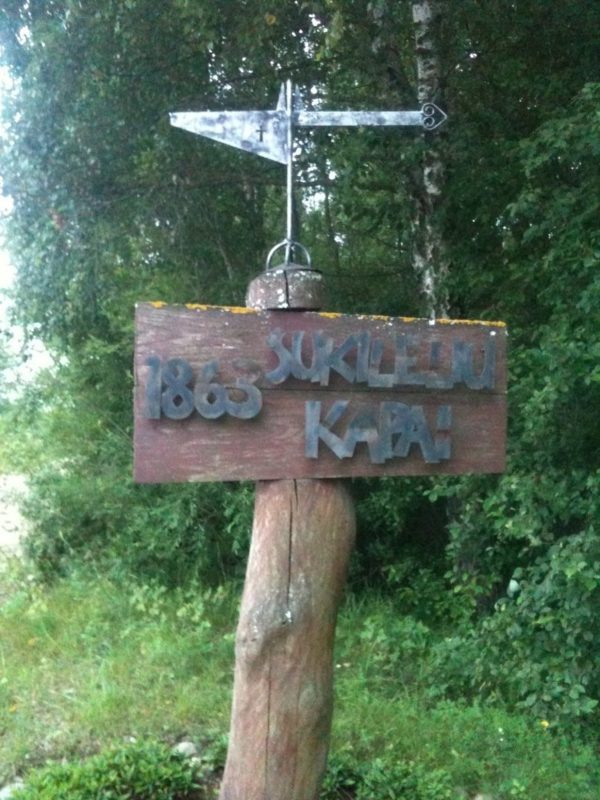Graves of the 1863 Uprising Rebels

278

1

0
5 out of 5
(1 reviews)
The graves of the 1863 uprising rebels stand as one of the most important historical and cultural heritage sites in Lithuania. These graves bear witness to the bravery and sacrifice of those who fought for freedom and independence.
Info
-

Historical Heritage
-
The graves of the 1863 uprising rebels stand as one of the most important historical and cultural heritage sites in Lithuania. These graves bear witness to the bravery and sacrifice of those who fought for freedom and independence.
The Battle and the Rebels' Sacrifice
On November 11, 1863, near Kiaulėdžiai and Daršiškiai, in the Kuolgiris Forest, a historical battle took place. During this battle, a company of riflemen and 20 Cossacks, led by Russian Lieutenant Colonel Karpov, attacked the Eliziejus Liutkevičius's rebel unit, which consisted of 92 people. In this fierce battle, 57 rebels perished. They were buried near Daršiškiai, and their memory has been preserved through historical records and these graves, which have become an important historical monument.
Historical and Cultural Significance
These rebel graves are listed in the Register of Cultural Heritage of Lithuania, highlighting their importance not only as historical sites but also as symbols of national memory. Every visitor can feel the spirit
of the heroic struggle and understand its significance to Lithuanian history here.
Significance of the Graves in Lithuanian History
The graves of the 1863 uprising rebels are an integral part of Lithuanian history, symbolizing the fight for freedom and national unity. This site is not only a witness to history but also an important tourist attraction, whose significance remains alive and is passed on to future generations. Every year, commemorations and events are held here to honor the memory of the fallen and to recognize their contribution to the fight for freedom. This is a place where history merges with the present, reminding us of the heroes' sacrifice and their struggle for freedom.
Preservation of Cultural Heritage
The graves of the 1863 uprising rebels are protected as cultural heritage, and their maintenance and care are important tasks for the state and society. This helps to preserve and cherish our national history, ensuring that this place remains a living memory for future generations.
Found a mistake?
Report
Whats new?
Nearby attractions
Nearest museums

 Entertainment
Entertainment
 Food establishments
Food establishments





























 55.908366, 24.777678
55.908366, 24.777678
 Get directions
Get directions








